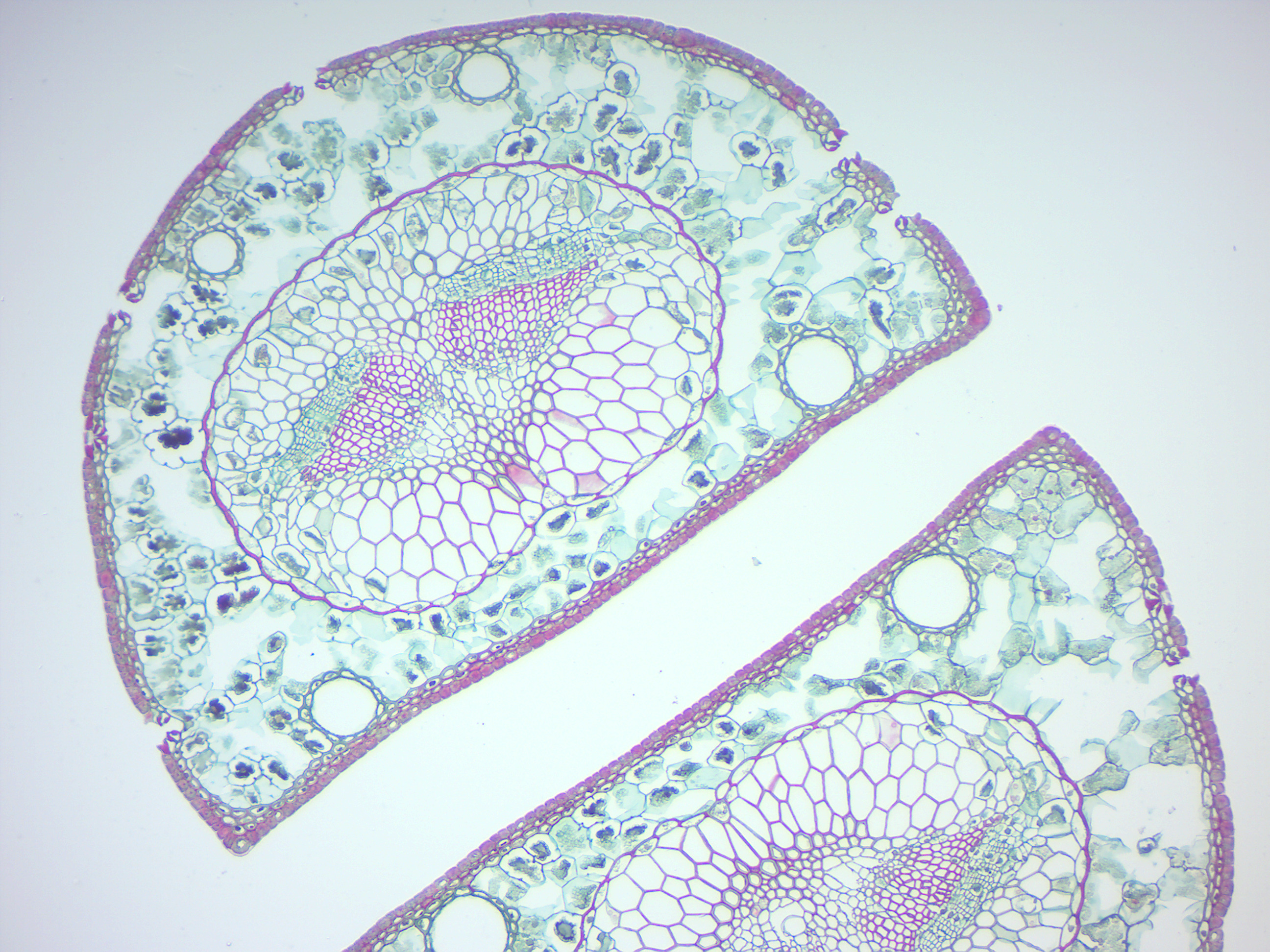

Gametophytes, as with all heterosporous plants, develop within the spore wall. Two spore types, microspores and megaspores, are typically produced in pollen cones or ovulate cones, respectively. Gymnosperms, like all vascular plants, have a sporophyte-dominant life cycle, which means they spend most of their life cycle with diploid cells, while the gametophyte (gamete-bearing phase) is relatively short-lived. Roots in some genera have fungal association with roots in the form of mycorrhiza ( Pinus), while in some others ( Cycas) small specialized roots called coralloid roots are associated with nitrogen-fixing cyanobacteria. By far the largest group of living gymnosperms are the conifers (pines, cypresses, and relatives), followed by cycads, gnetophytes ( Gnetum, Ephedra and Welwitschia), and Ginkgo biloba (a single living species). Gymnosperm seeds develop either on the surface of scales or leaves, which are often modified to form cones, or solitary as in Yew, Torreya, Ginkgo.

The non-encased condition of their seeds stands in contrast to the seeds and ovules of flowering plants (angiosperms), which are enclosed within an ovary. The name is based on the unenclosed condition of their seeds (called ovules in their unfertilized state). The term “gymnosperm” comes from the Greek composite word gymnos, “naked” and sperma, “seed”, meaning “naked seeds”. The gymnosperms are a group of seed-producing plants (spermatophytes) that includes conifers (Pinophyta), cycads, Ginkgo, and gnetophytes.
Pine young staminate cone xylem phlo how to#
B A Refresher on How to Use The Microscope.A Explanations of Important Terms And Concepts.14.8 Mammalian reproductive organs and gametes.14.2 Embryogenesis and Embryonic development.14 Reproduction in Animals and Gametogenesis.13.20 Comparison of Vertebrate Skeletons.13.19 Locate the following bones of the human skeleton:.10 Echinodermata, Hemichordata and Chordata.9.5 View Prepared Slides of Trichinella.8.11 View Prepared Slides of Schistosoma.8 Rotifera, Platyhelminthes, Molluska and Annelida.6.6 View Prepared Slides of Monocots and Eudicots.6.4 View Prepared Slides of Angiosperms.

6.2 View Prepared Slides of Gymnosperms.5.12 View Prepared Slides of Selaginella.5 Non-vascular Plants and Plants Without Seeds.4.11 View Prepared Slides of Glomeromycetes.4.10 View Prepared Slides of Basidiomycetes.4.9 View Prepared Slides of Ascomycetes.4.8 View Prepared Slides of Fungi Lacking Sexual Stages.


 0 kommentar(er)
0 kommentar(er)
